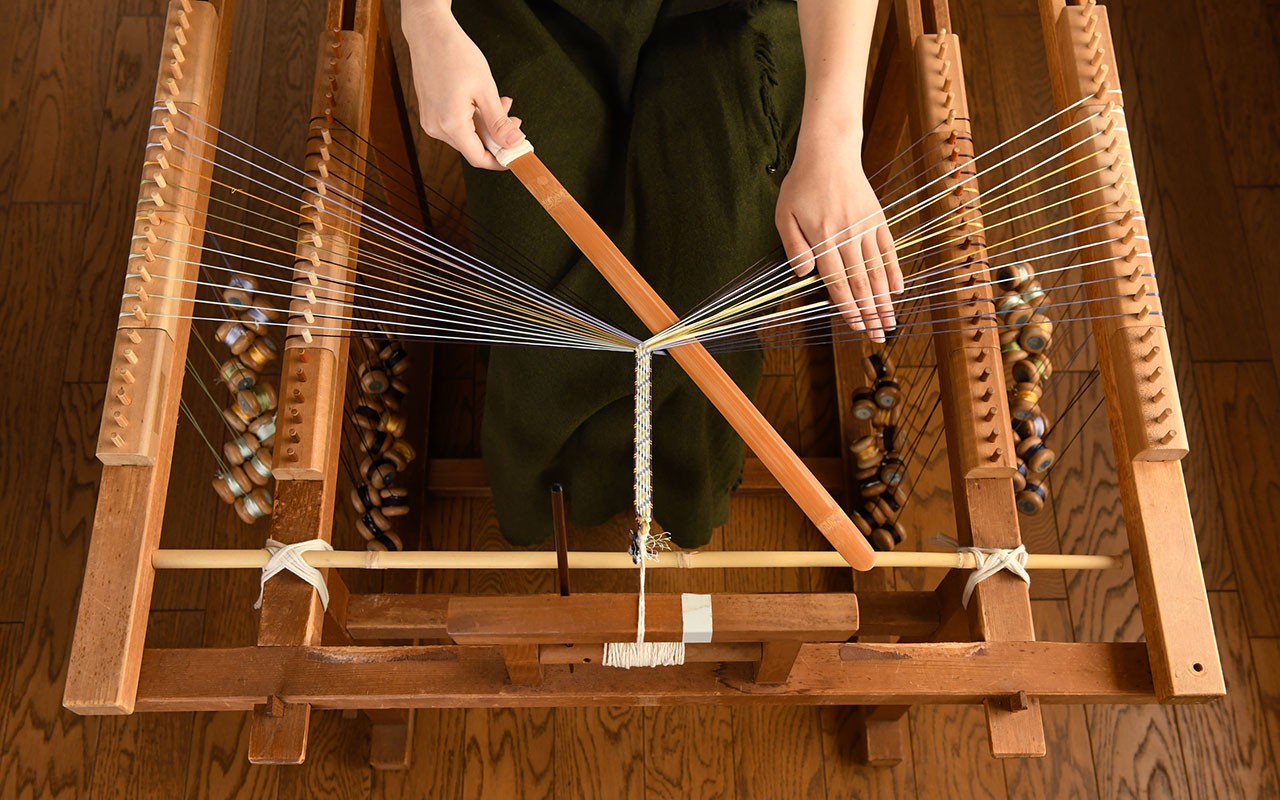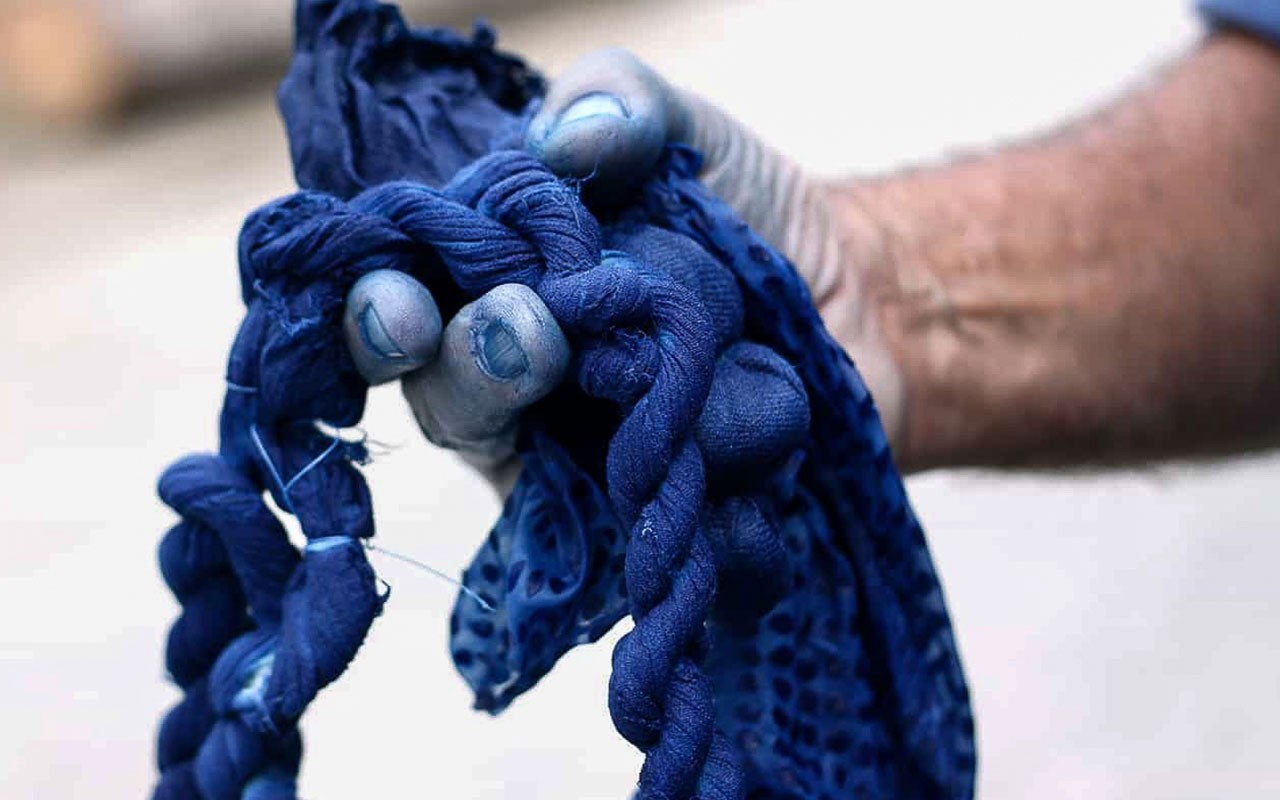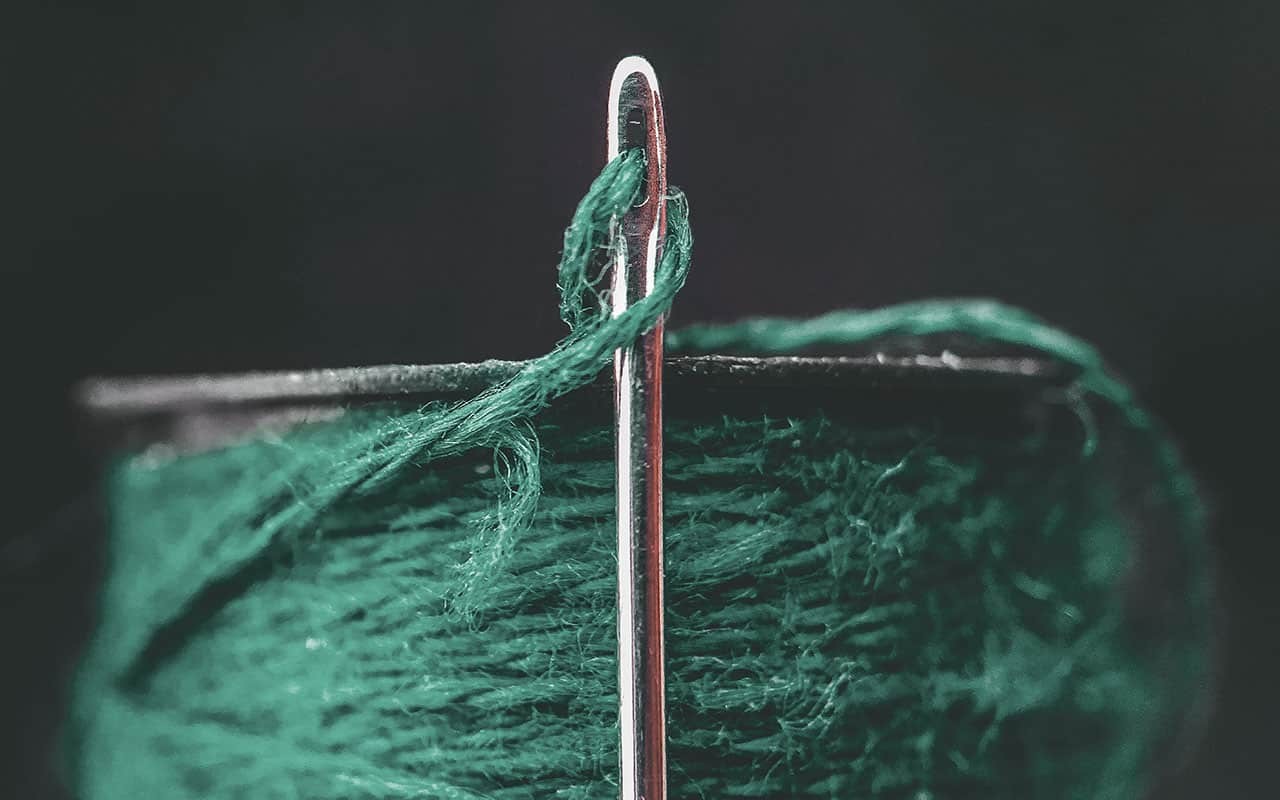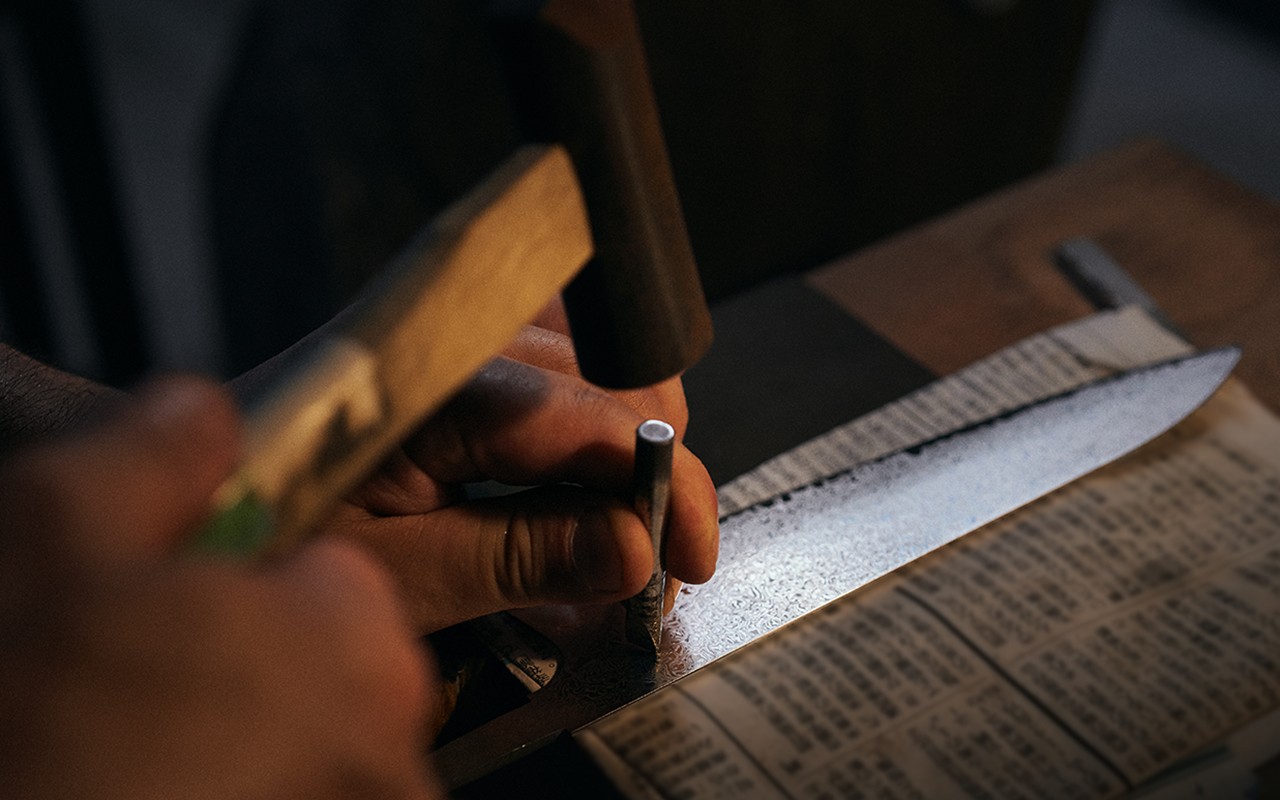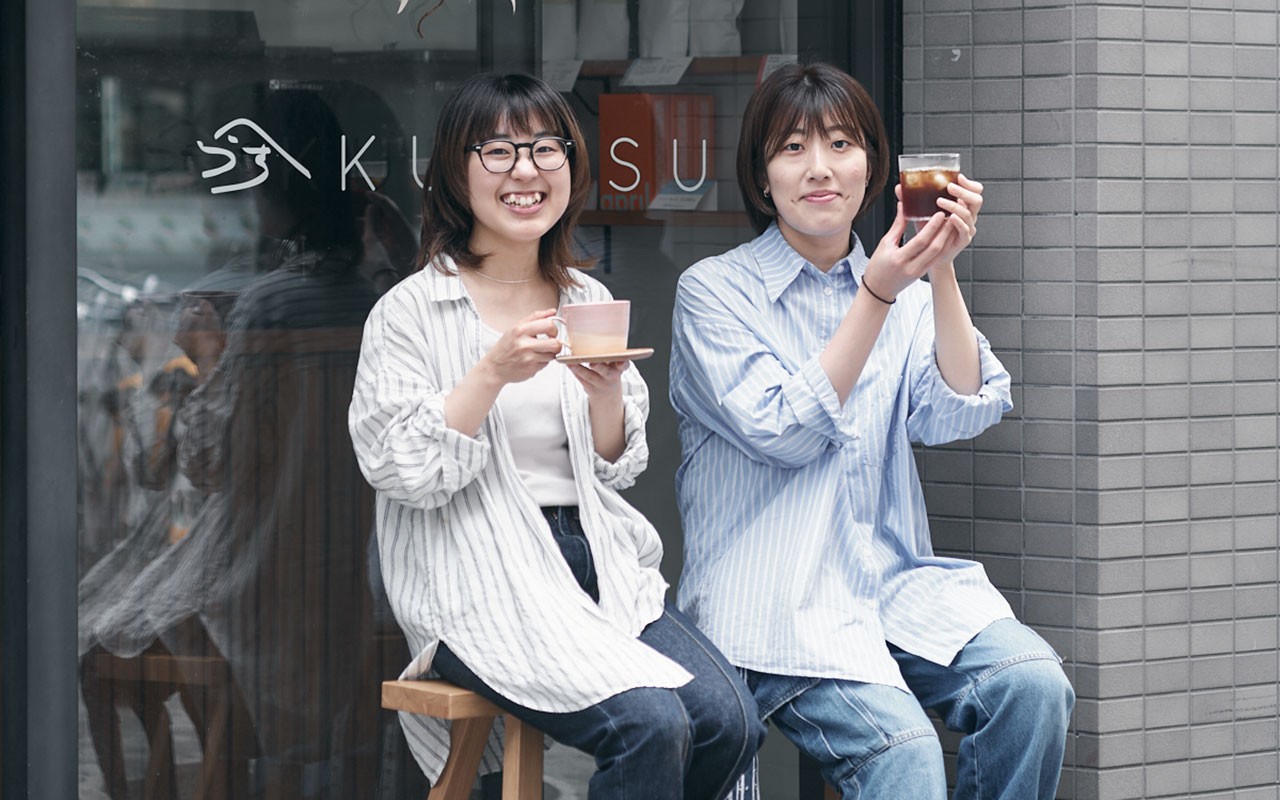
INSPIRE
PROTECTING TRADITION
Tatsuhito Imamura, one of the last kacchu-shi armor makers, epitomizes the connection between traditional Japanese design and the communities keeping the art alive for generations to come.
While the connection between a modern Mazda vehicle and ancient Japanese armor may not seem obvious, the two are nevertheless joined by a design philosophy in which form and function go hand in hand. Through the skilled work of Takumi craftsmen, emotion and practicality are combined, be it to embody the joy of driving or to survive the rigors of the feudal battlefield. While the Mazda Takumi breathe life into metal for driving communities around the world, it is communities themselves who are revitalizing the near-forgotten world of the armorer’s workshop.
“The role of the kacchu-shi has had to evolve.”
Tatsuhito Imamura, ARMOR MAKER, KYOTO ARMOR
In a quiet, leafy suburb of Kyoto, Japan, in the shadow of an old forest where an ancient emperor lies entombed, the gentle tap, tap, tap of hammer on metal announces the presence of the artisanal tradition dating back centuries. This is the realm of the kacchu-shi and it’s here, in the armorer’s workshop, that a master craftsman is keeping the ancient skills alive.
Tatsuhito Imamura is a fourth-generation armorer. His artist alias, Heian Ju Issui, roughly translates as ‘the one residing in the ancient capital,’ and the title places him clearly in a line of Kyoto master craftsmen. That Japan, like Mazda, respects its master craftsmen goes without question, but how does a maker of medieval combat equipment align with the 21st century?
“The role of the kacchu-shi has had to evolve,” explains Imamura. “The work has come to involve the creation of replicas of ancient armor, repair of cultural properties for museums, and the creation of smaller ceremonial pieces for the sekku festivals [national holidays to celebrate the happiness and health of children] and as interior decoration. Armorers are either those descended from ancient armorsmiths, or artisanal craftsmen who took up the craft after World War Two. I fit into the latter group.”
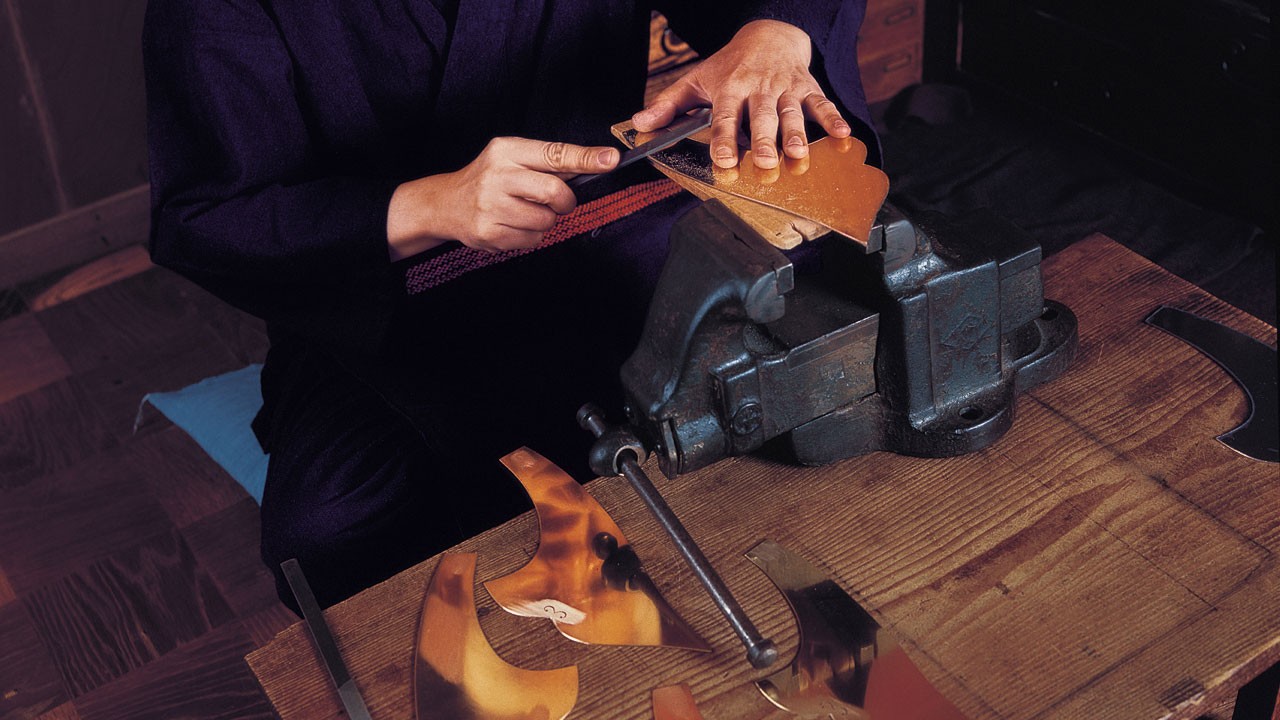
The shift from armor as necessary battlefield protection to desirable decorative ornament is not a new concept. During the peace of the Edo period (1615-1868), when it became evident that armor was unlikely to be used in actual combat, it began to be produced and perceived as an artifact—a thing of beauty. “Our company was founded in 1925, but our methods and processes are ancient,” Imamura explains. “We create ornamental armor, and this is a massive team effort, as we have artisanal craftsmen from all across Japan.”
Imamura’s work is appreciated across generations and passed down from parents to children. “Crafts made from carefully selected, high-quality materials develop a deep meaning over time,” Imamura explains. “A helmet will age as your child grows, and over time it will become a one-of-a-kind ornament that cannot be found anywhere else.”
“We must teach through experience and create a passion.”
Tatsuhito Imamura, ARMOR MAKER, KYOTO ARMOR
Just as a Mazda vehicle rolling off the production line is a pure composite of Takumi skills—from initial clay modeling to fabric and metalwork—there are several steps that the kacchu-shi must follow. Fabrication, making steel or copper plates; decoration, with gold leaf or plating; and finishing, the final assembly of the armor.
Everything is made to order, and a large piece will take around six months to complete. Including elements of braiding, lacquerware and, in association with its original use, Japanese blacksmithing, armor-making is an amalgamation of several centuries-old traditions.
Imamura has a small, dedicated team, including a young apprentice who he is training to pick up the Heian Ju Issui mantle. “We cannot expect to preserve and continue the art of the kacchu-shi just by giving someone a manual and saying, ‘do it like this,’” says Imamura. “We must teach through experience… a true kacchu-shi must believe in manufacturing, in crafting beautiful things by hand.” It’s the same mindset that Takumi Master Yutaka Kawano adopts with those under his tutelage—ensuring that the younger generation of designers and artists can understand Mazda’s design philosophy.
MAN OF STEEL
At Mazda’s headquarters, Takumi Master Yutaka Kawano is an expert in manipulating metal that not only draws parallels with Mazda’s eye-catching vehicle designs, but also foreshadows those to come. Using modified tools within his workshop in the Design Modeling Studio, Mazda Stories witnesses Mazda’s own master of metal as he bows and shapes shimmering material to create a Rashin sculpture: a one-of-a-kind piece that is strikingly similar to designs seen throughout Mazda vehicles. You can read the full interview here.
Like Kawano, Imamura is an expert at creating emotion through form—where happiness, contentment, and satisfaction can all be felt by viewing a work of art. Symbolism, too, is present across Japanese art, and armor is no exception. As they entered battle, the samurai were very conscious of how they appeared, wanting to be both beautiful and terrifyingly warlike. “Armor was considered the equivalent of ceremonial dress on the battlefield, and is a condensed representation of the various thoughts and feelings of the warriors,” explains Imamura. “Each design has its own meaning, and every part of the armor expresses Japanese culture and values. The humble dragonfly, for example, was revered, as it never retreats, only moves forward.”
“We must let the world know about the beauty of our craft, our armor, and our tradition.”
Tatsuhito Imamura, ARMOR MAKER, KYOTO ARMOR
The ancient art of the kacchu-shi attracts an international following, and, thanks to social media, Imamura is in regular contact with enthusiasts and clients. “Many people overseas are impressed and inspired by the Japanese sense of Bushido,” he explains. “It could be said that this is a return to the Japanese love of beauty of old.” Across Imamura’s social media, followers describe his work as “amazing” and “truly beautiful”—and spread the word about one of Japan‘s most revered art forms.
Similarly, by creating decorative armor for the sekku children’s festivals, the craftsmanship of the traditional armorer is presented to new generations of admirers both at home and overseas.
In his traditional craftsman’s clothing, known as samue, Imamura kneels on the tatami mat, shaping a piece of metal into a samurai mask. “My grandfather made these tools,” he says with pride, indicating the subtly different tap hammers and iron scissors. And what of the future? “We must let the world know about the beauty of our craft, our armor and our tradition,” he says. “That is how we will survive.”
Words John Ashburne / Images Tatsuhito Imamura

find out more





